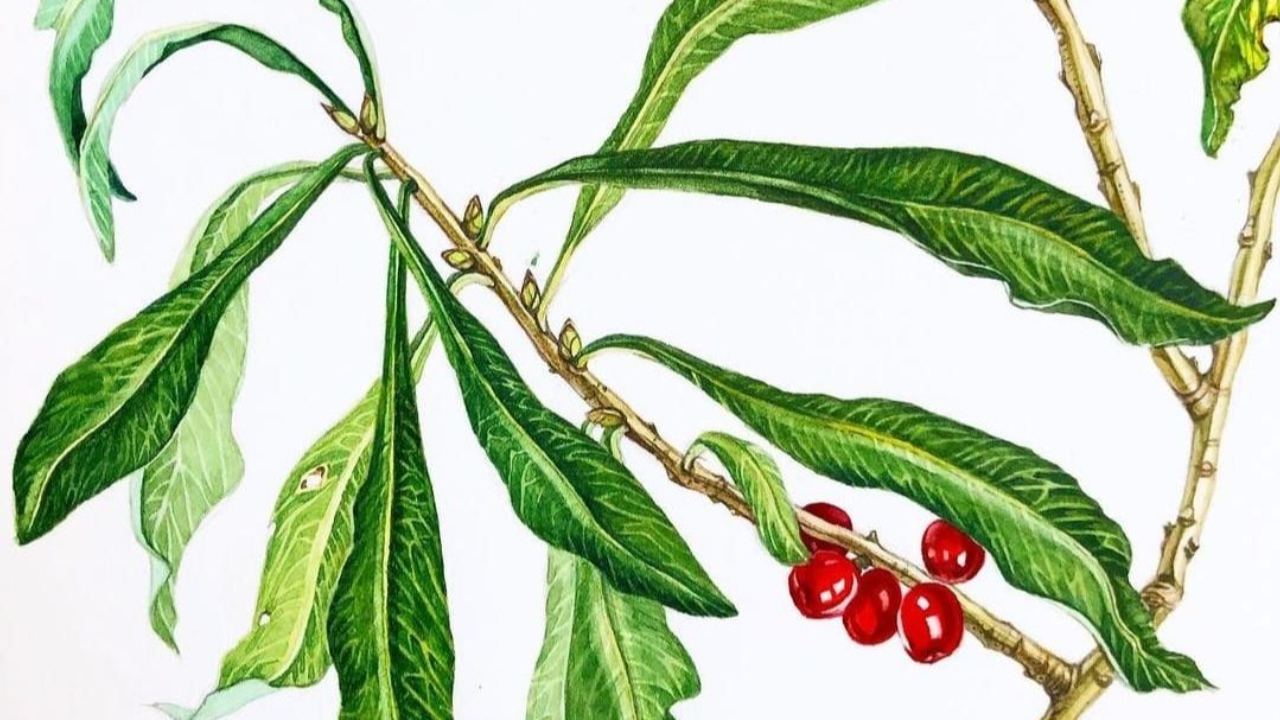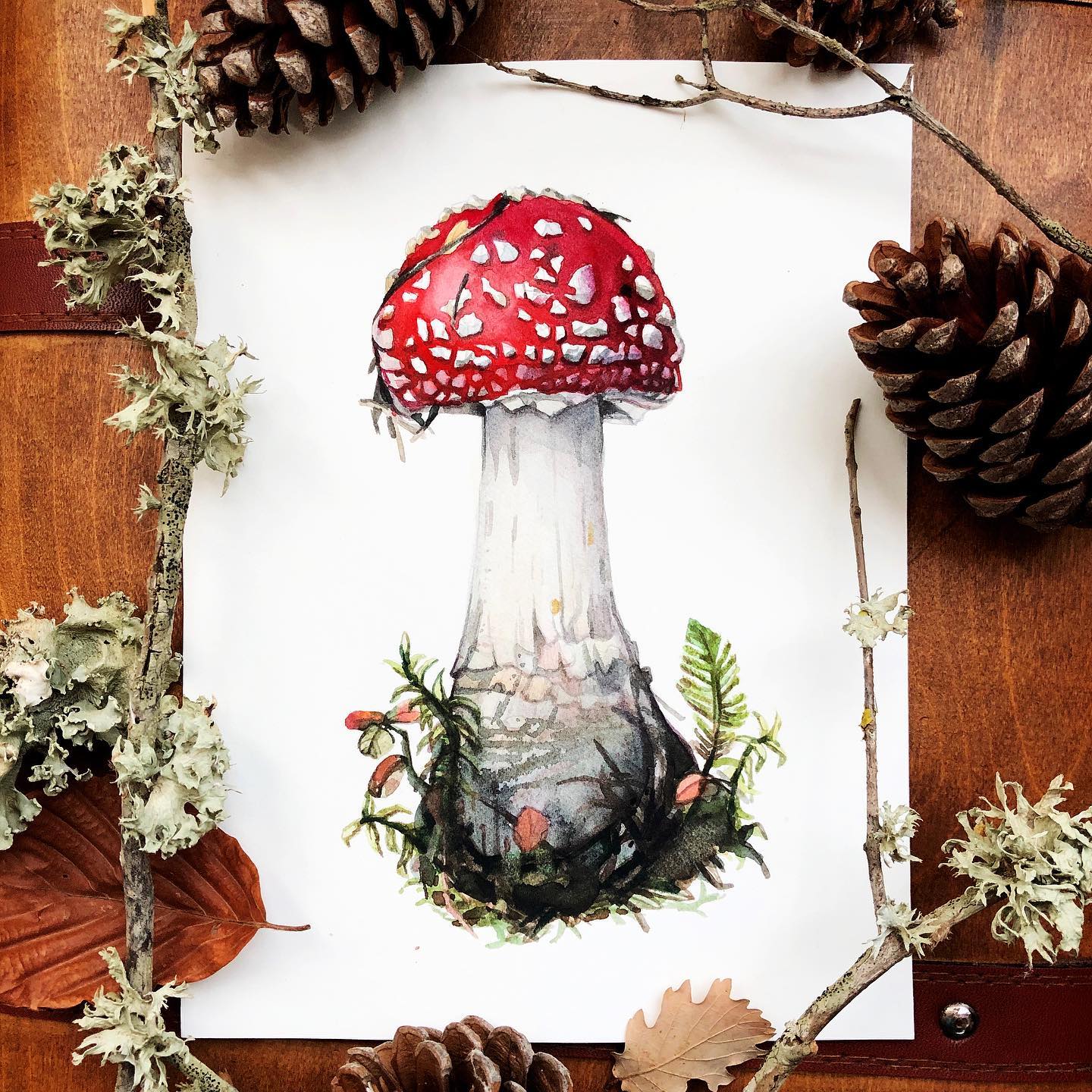
A modern approach to Natural History Illustration
Natural History Illustration is a form of art that accurately depicts plants, animals, and other aspects of nature. It has been around for centuries and is still used in scientific research, education, and conservation efforts. But besides its educational and scientific value, natural history illustration became very popular in surface pattern designs, fashion packaging, and more. Let’s dive into history and understand why natural history illustration is still relevant today.
The earliest known examples of natural history illustrations date back to ancient Greece. In the Renaissance, artists like Leonardo da Vinci made detailed drawings based on his observations while studying anatomy at medical schools across Europe. During this time period, exploration was becoming more common, which led to an increased demand for naturalist illustrators who could capture what they had seen with those who stayed behind with accuracy and beauty.
In modern times there have been many notable contributors towards advancing this field, including John James Audubon (who created life-sized paintings), Maria Sibylla Merian (known as one of the first female entomologists), Mark Catesby (first person record flora/fauna from North America), Ernst Haeckel (invented term “ecology”).
But why natural history illustration is so popular today even if the romantic time of explorers is over and we have photography and other advanced technology to study & document new species?
As we strive towards preserving our planet for future generations, it is important that we continue using natural history illustrations as educational tool while also appreciating their aesthetic value as pieces of fine artistry. The illustrator can bring life and detail into a subject matter by adding color or texture that would otherwise be missing from photography alone. This type of artwork is often used in textbooks and scientific publications because it helps readers better understand complex topics through visuals rather than just text alone. Natural History Illustration allows us to share stories about creatures, both living & extinct, bridging the gaps between science and creativity, which helps to establish a deeper connection with nature.
This increasing interest in natural history illustration can also be observed in more commercial fields and industries such as surface pattern design, packaging, and fashion. Natural history illustrations have an unmistakable vintage look and evoke a nostalgic and romantic atmosphere that takes us back to the days of explorers. That’s why this style is becoming very popular for its ability to add character and charm to any product. Natural History Illustration is an amazing and profitable niche for artists who want to express their love for flora & fauna and contribute to nature conservation creatively. If these topics are dear to you, I invite you to watch my SKILLSHARE class and learn how to create a realistic Natural History Illustration using watercolor. I hope this class will inspire you to create your own detailed and realistic illustration that can become anything you want: a pattern, a book illustration, or a unique gift for someone you love!
I hope you enjoyed this article. Until next time!
Anastasiia



